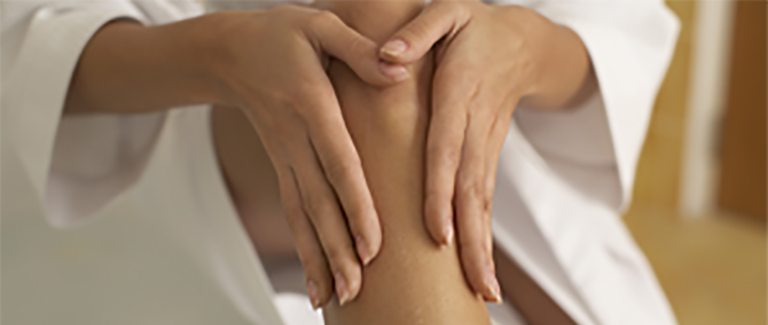Restless legs syndrome (RLS) is a frustrating and exhausting condition that can affect many areas of your life, especially your sleep schedule. Though this well-known medical condition sounds relatively harmless, severe cases of RLS can cause symptoms that lead to chronic sleep deprivation.
What are the signs and symptoms of restless legs syndrome?
Restless legs syndrome obtained its name from the irresistible urge to move your legs to relieve the annoying sensations it causes. Symptoms can come and go, ranging from mild to severe. They are much worse at night, when you are trying to rest. For some, symptoms can even impair their quality of life. Common sensations associated with RLS are:
• Itching
• Throbbing
• Aching
• Creeping
• Crawling
• Pulling
• Twitching
• “Pins and needles”
What are the causes of restless legs syndrome?
The cause of RLS is not well understood, but there are a few factors that are associated with the development of this condition. Some research has shown that genes can play a role; many of those who suffer from RLS have a family member who suffers, as well.
Other factors include:
- Pregnancy – RLS during the last trimester of pregnancy is common due to low levels of iron. Symptoms typically fade within a month after delivery.
- Chronic diseases or conditions – People with chronic conditions and diseases such as Parkinson’s disease, diabetes, anemia, kidney failure and peripheral neuropathy can manifest symptoms of RLS.
- Medications – Certain medications such as cold and allergy medications, anti-nausea medications, antidepressants and antipsychotic drugs can exacerbate symptoms of RLS.
- Age – Symptoms of RLS generally worsen with age, and the likeliness of suffering from this condition increases after the age of 50.
- Gender – Though anyone can develop RLS, women are more likely to experience symptoms than men.
Diagnosing restless legs syndrome
Because there is no medical test to diagnose RLS, a process of elimination must be used to rule out other possible causal conditions. The diagnosis involves the patient answering questions about family history, symptoms, medical history, medication use and sleep patterns. Most patients will be diagnosed with RLS if they display these four criteria:
• An urge to move their legs due to uncomfortable sensations
• The urge gets worse during periods of rest or inactivity
• The sensations are partially or totally relieved by movement
• The sensations and urge to move are worst at night
Treatment options for restless legs syndrome
For those who experience mild to moderate symptoms of restless leg syndrome, there are a few easy ways to relieve some symptoms. A few simple lifestyle changes — like incorporating regular exercise, maintaining normal sleep habits, and minimizing the use or consumption of caffeine, tobacco and/or alcohol — can make a huge difference. Leg massages, hot baths, ice packs or heating pads are also other options for relief from the “crawling” or “pins and needles” feelings of RLS.
Keep in mind that every case of RLS is different, and depending on the severity of the case, treatment options will vary. A specialist can also prescribe certain medications that may be able to provide relief, if needed.
If you are experiencing symptoms of Restless Legs Syndrome, call the experts at Total Vein Care at (225) 245-3540 to speak with a professional today.
